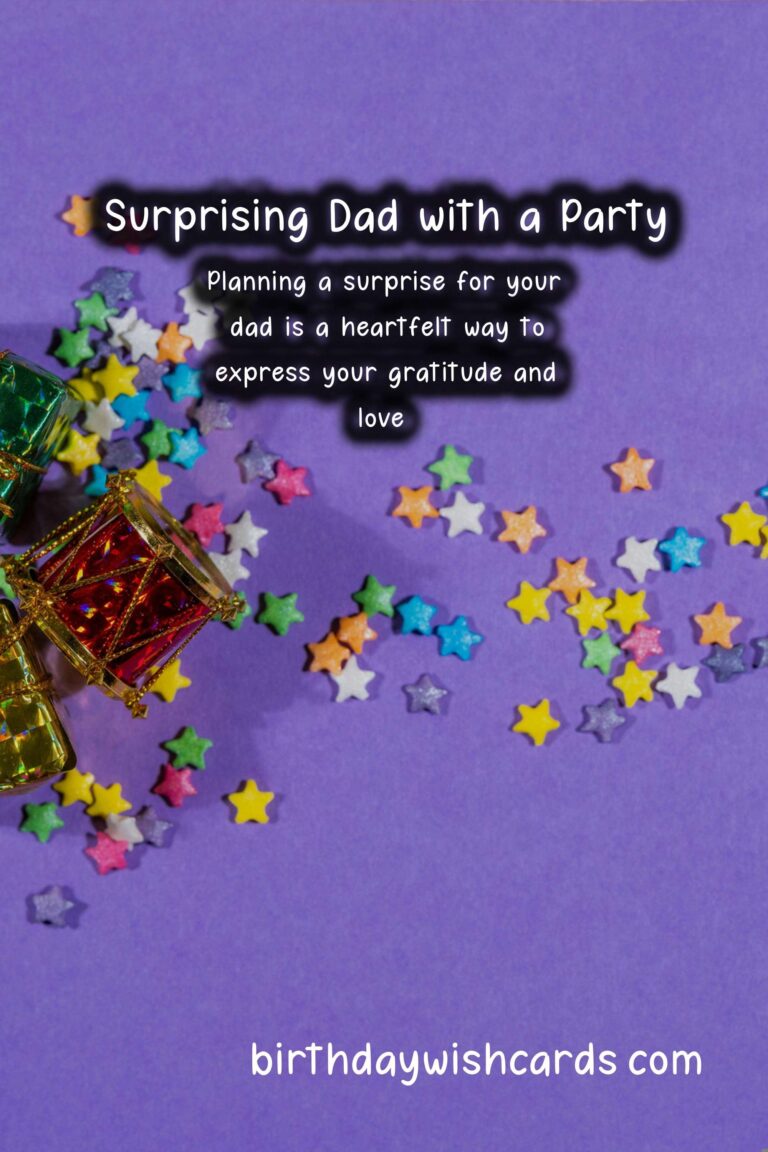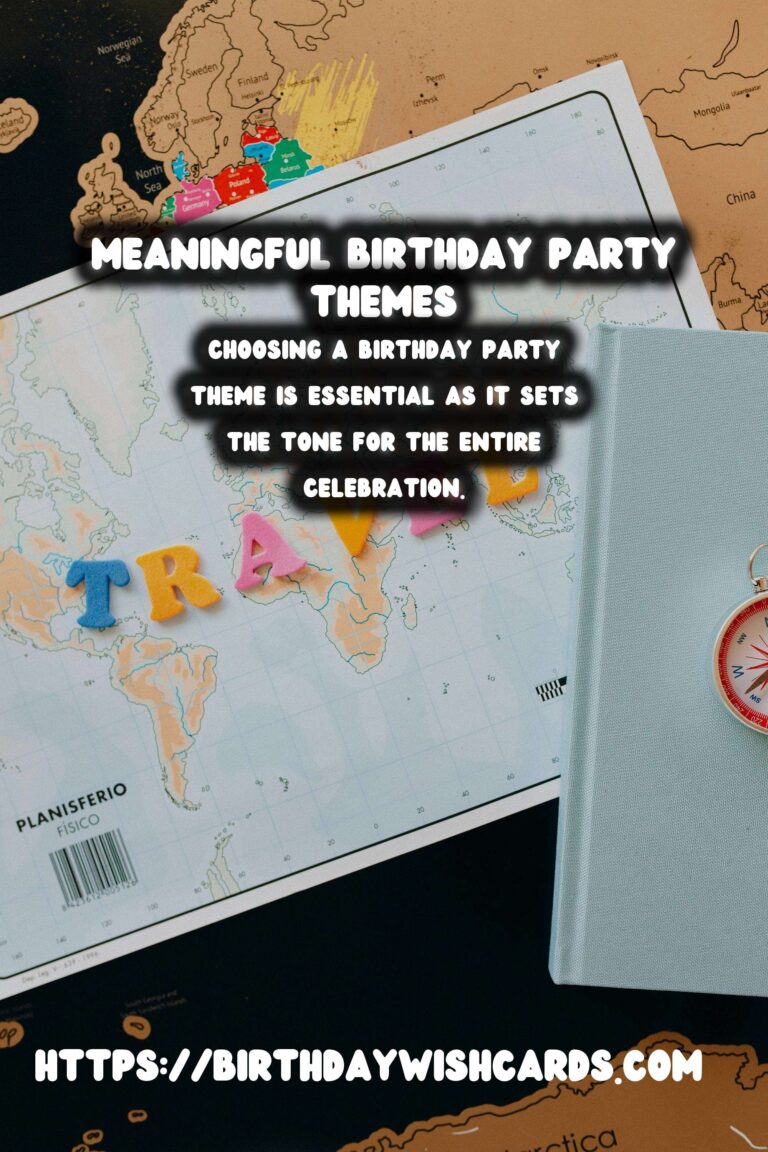Unique Ways to Plan Cultural Heritage Celebration Tips
Unique Ways to Plan Cultural Heritage Celebration Tips
Cultural heritage celebrations provide a wonderful opportunity to recognize and honor the traditions, history, and customs of a community or group. These celebrations can take many forms, from festivals and parades to educational events and workshops. To help you plan a memorable cultural heritage celebration, we’ve put together unique tips that you can incorporate into your event planning.
1. Set Clear Objectives
Before diving into planning, it’s essential to set clear objectives for your cultural heritage celebration. Consider what you want to achieve: Is it to educate, entertain, bring a community together, or all of the above? Establishing these goals will guide your planning process and help you make decisions regarding activities, budget, and marketing.
2. Engage with the Community
Involving community members in the planning phase can create a deeper connection to the celebration. Host brainstorming sessions or surveys to gather input on what people would like to see. This not only fosters community spirit but also ensures that the celebration is relevant and meaningful.
3. Showcase Local Talent
Highlight local artists, musicians, and performers who can share their work during the celebration. This not only supports local talent but also enriches the cultural experience for attendees. Consider organizing talent shows, art exhibitions, or live performances that showcase the diversity of your heritage.
4. Incorporate Storytelling
Storytelling is a powerful tool in cultural heritage celebrations. Invite elders or community leaders to share personal stories, myths, or historical accounts that relate to the cultural heritage being celebrated. This can add depth and a personal touch to the event that resonates with attendees.
5. Plan Thematic Activities
Include activities that reflect the cultural traditions you are celebrating. For example, if you are celebrating a specific culture, consider incorporating traditional crafts, games, or food tasting. Thematic activities can make the event more interactive and engaging for all ages.
6. Utilize Multimedia Displays
Incorporating technology into your celebration can provide a modern twist to traditional storytelling. Use multimedia displays such as videos, slideshows, and virtual reality experiences to immerse attendees in the cultural heritage being highlighted. This can also appeal to younger generations who are more tech-savvy.
7. Create a Multisensory Experience
Engage multiple senses by incorporating food, music, and art into the celebration. Offer cooking demonstrations featuring traditional foods, play regional music, and display artwork. By creating a multisensory experience, you help attendees connect with the culture on a deeper level.
8. Establish Partnerships
Partnering with local cultural organizations, schools, or businesses can amplify the reach of your event. Collaborations can provide additional resources, marketing support, and expertise. It also helps build a network of support within the community.
9. Incorporate Traditional Attire
Encourage attendees to come dressed in traditional outfits or colors that represent their heritage. This not only enhances the visual appeal of the event but also fosters pride among participants. Consider hosting a fashion show to showcase various traditional attires.
10. Provide Educational Workshops
Offering workshops can be a fantastic way to share knowledge about cultural traditions and practices. Consider organizing sessions on traditional dance, cooking classes, or language lessons. This interactive approach allows participants to learn and engage more meaningfully with the culture.
11. Host a Cultural Parade
Parades are a captivating way to celebrate cultural heritage. Incorporate floats representing various facets of the culture, dance troupes, and music to elevate the celebratory atmosphere. Parades are visually enchanting and have the potential to attract a larger audience.
12. Emphasize Environmental Awareness
Make your cultural heritage celebration eco-friendly by incorporating sustainable practices. Encourage recycling, use biodegradable materials, and minimize waste during the event. Educating attendees about the importance of environmental conservation can also fit into many cultural narratives.
13. Create Lasting Memories
Set up a photo booth with cultural props and backdrops for attendees to capture memories from the celebration. This can be a fun activity, and these photos can be shared on social media to promote the event and create lasting memories for participants.
14. Celebrate Online
In today’s digital age, consider celebrating online, particularly if in-person gatherings are not feasible. Live-stream performances, host virtual workshops, and engage audiences through social media campaigns. This allows for broader participation, even from those who are unable to attend in person.
15. Gather Feedback
After the celebration, gather feedback from both participants and volunteers. This will give you insights into what worked well and areas for improvement. Continuous feedback can help you enhance future cultural heritage celebrations and keep the community engaged.
Conclusion
Planning a cultural heritage celebration can be both fun and fulfilling. By incorporating these unique tips, you can create an event that not only honors the rich traditions of the culture but also engages and educates participants. Remember, the key to a successful celebration is to weave together various elements to create an inclusive and joyous experience for all.
Cultural heritage celebrations provide a wonderful opportunity to recognize and honor the traditions, history, and customs of a community.
Engaging with the community during the planning of cultural events fosters connection and relevance.










#CulturalHeritage #CommunityCelebration #Tradition






